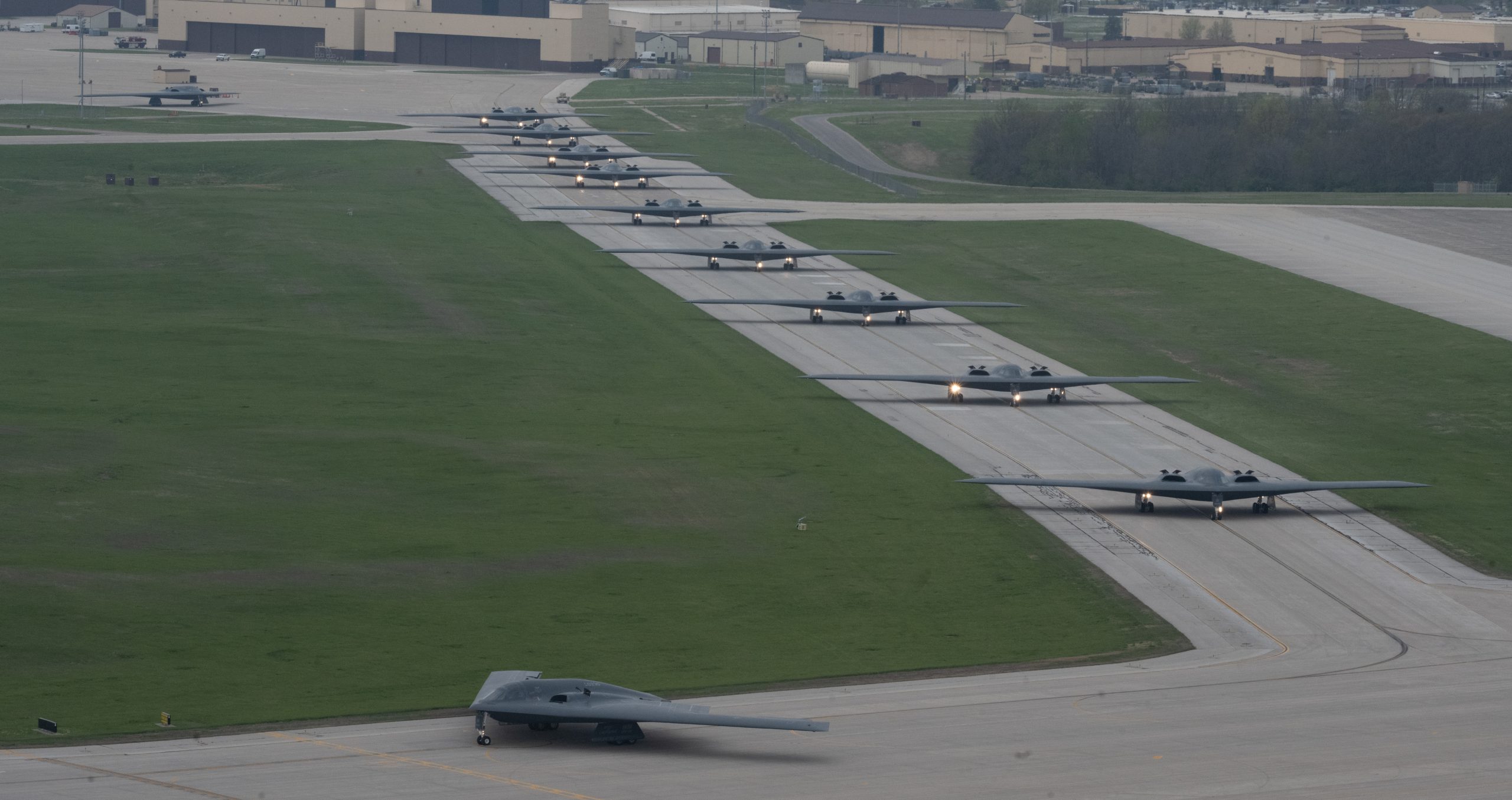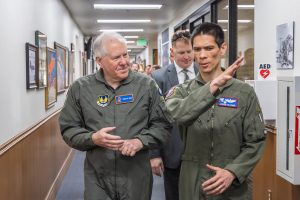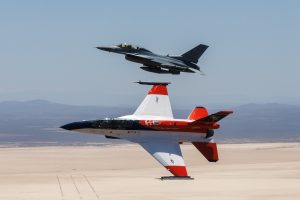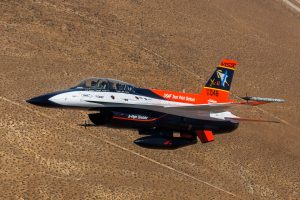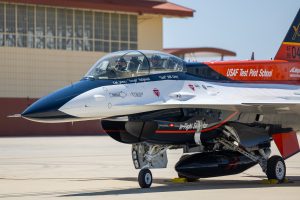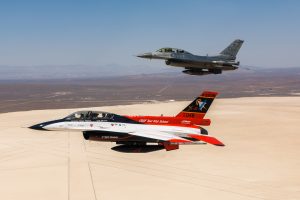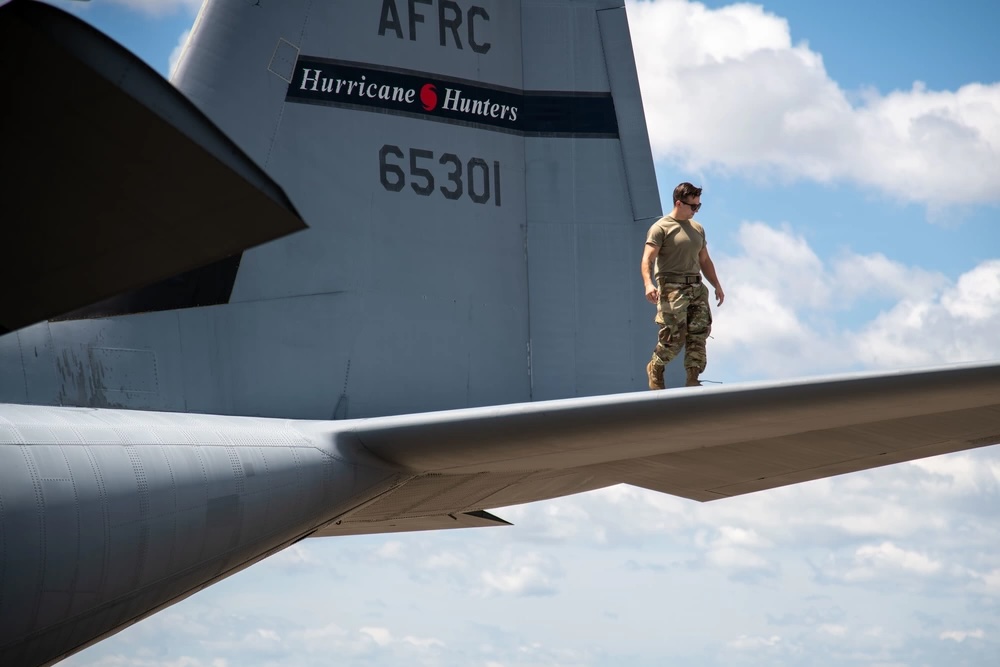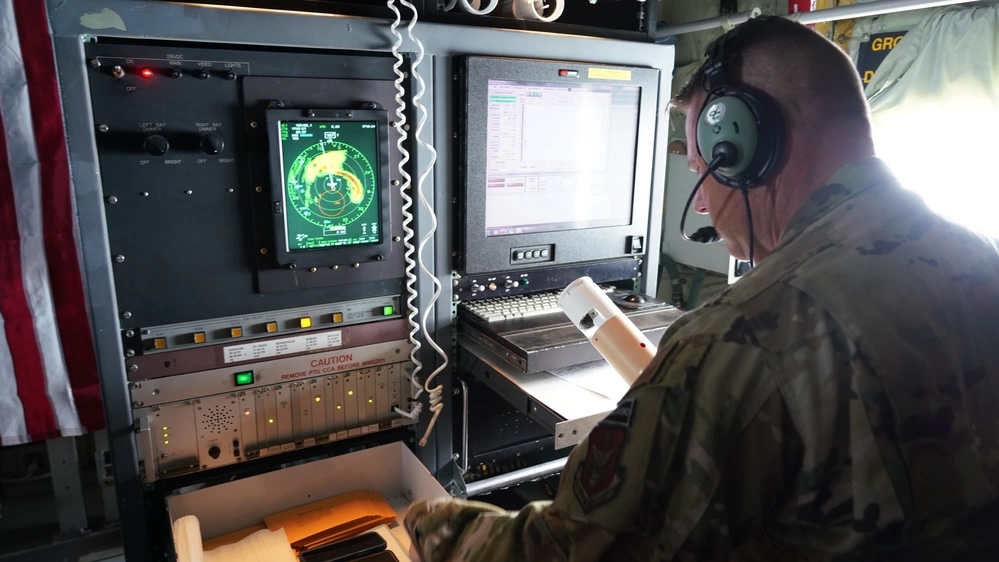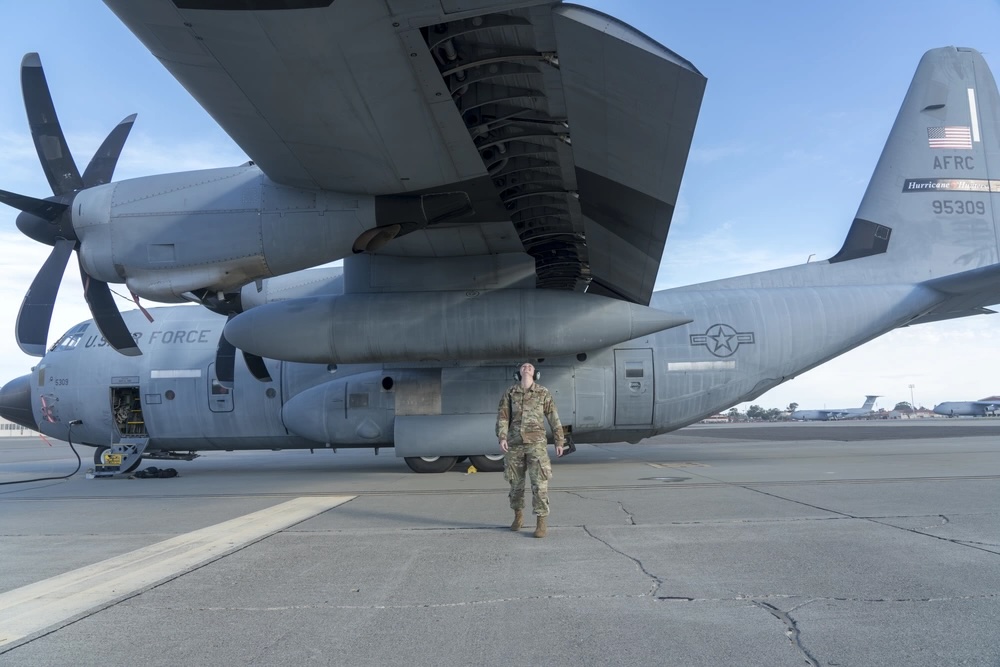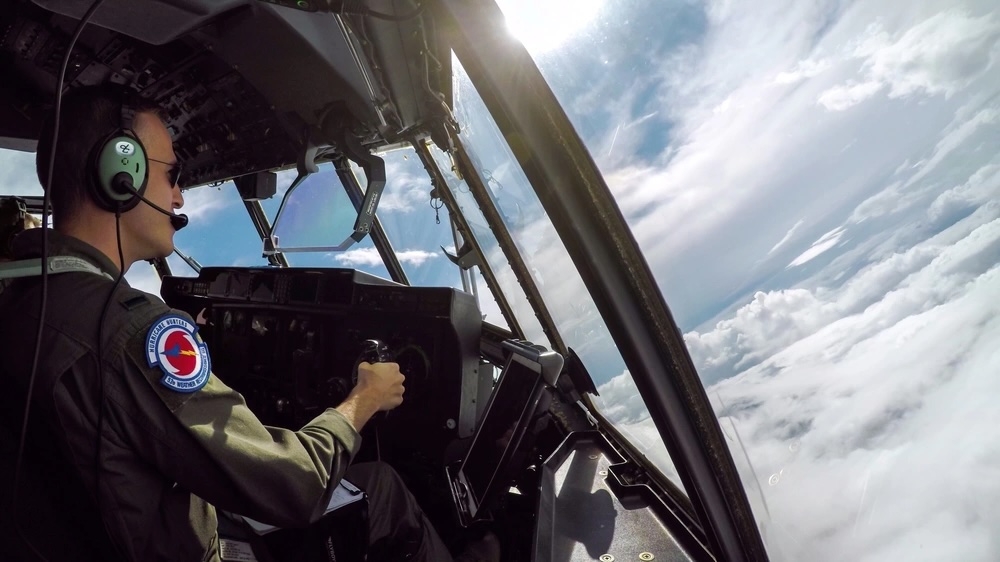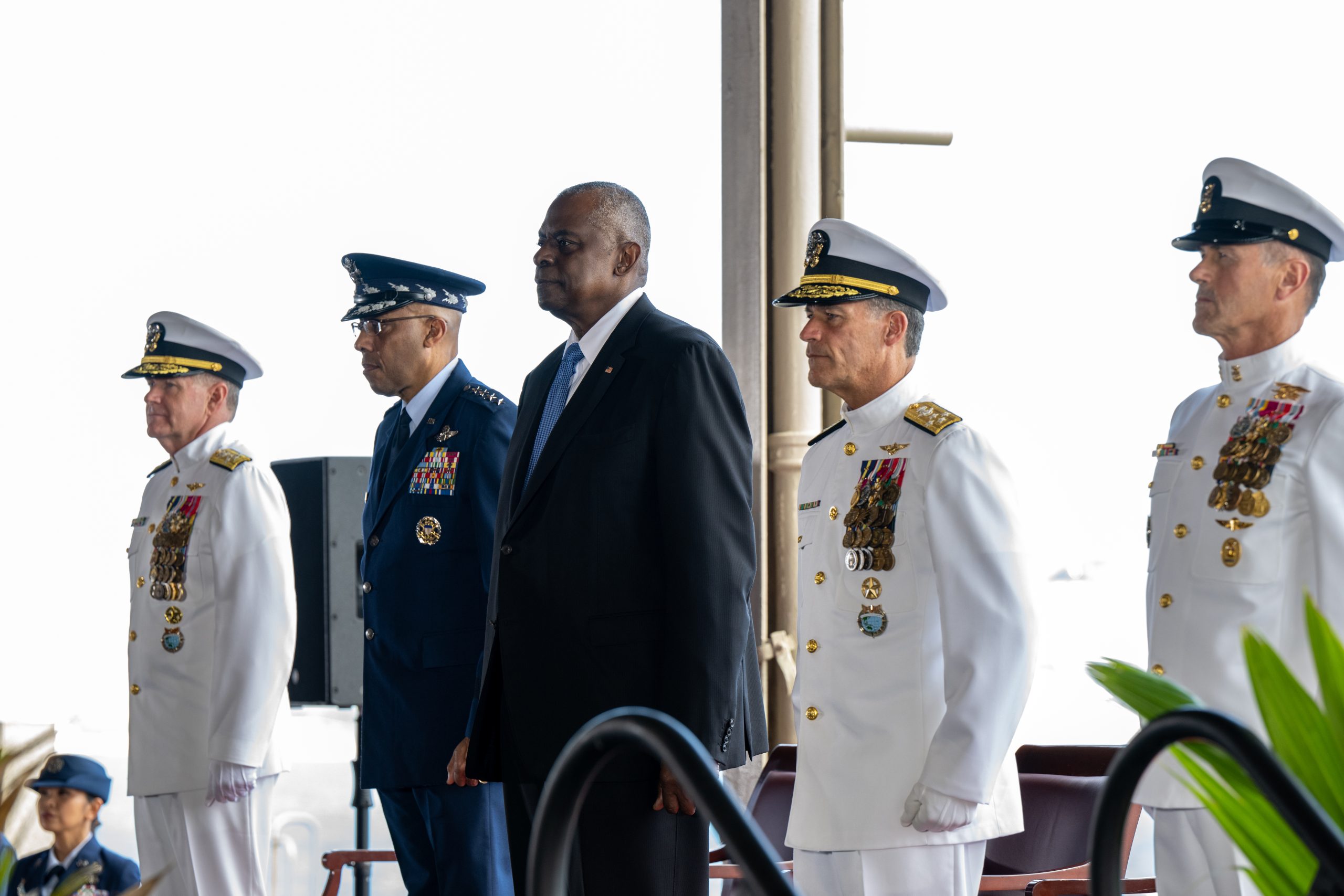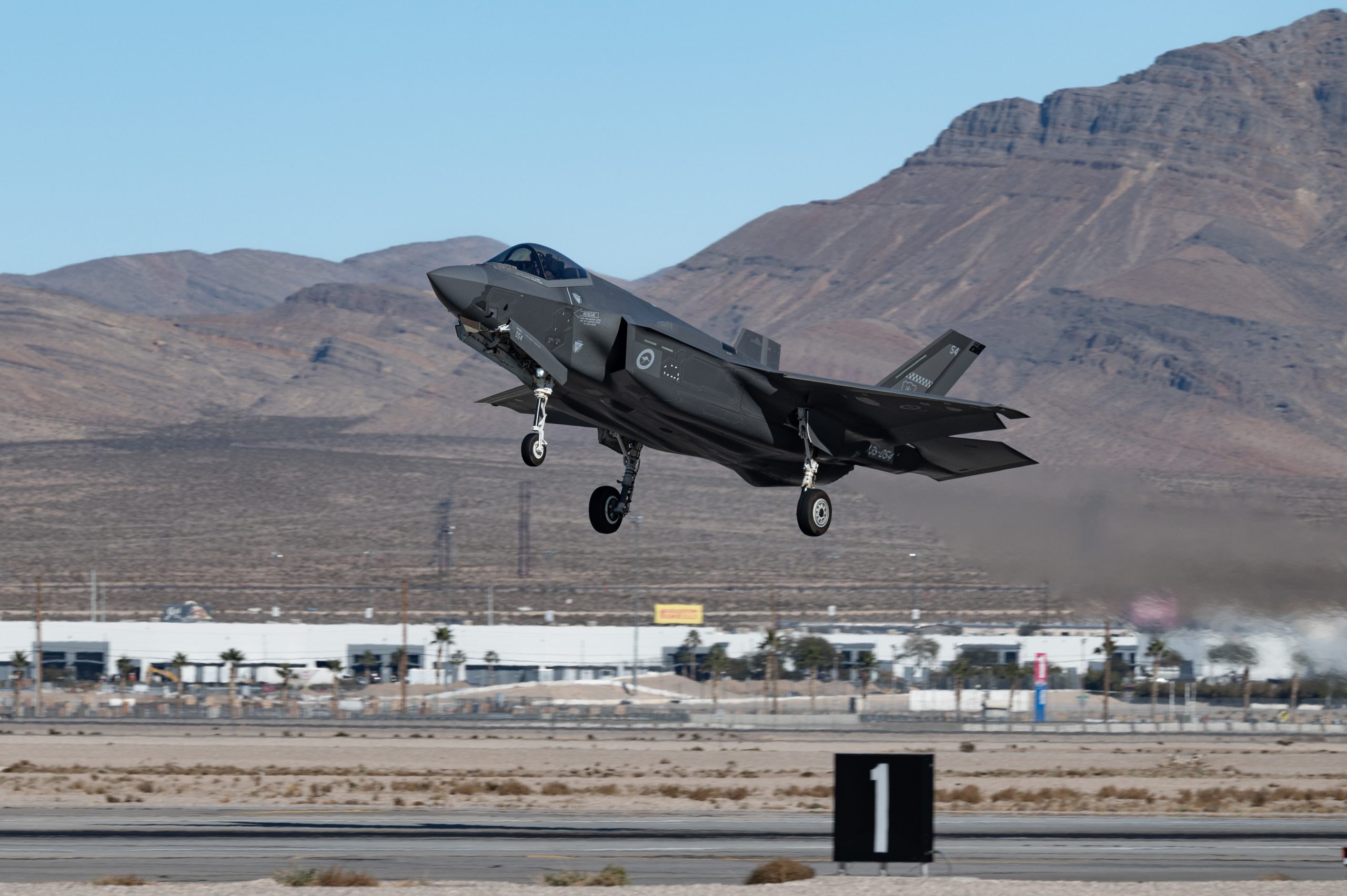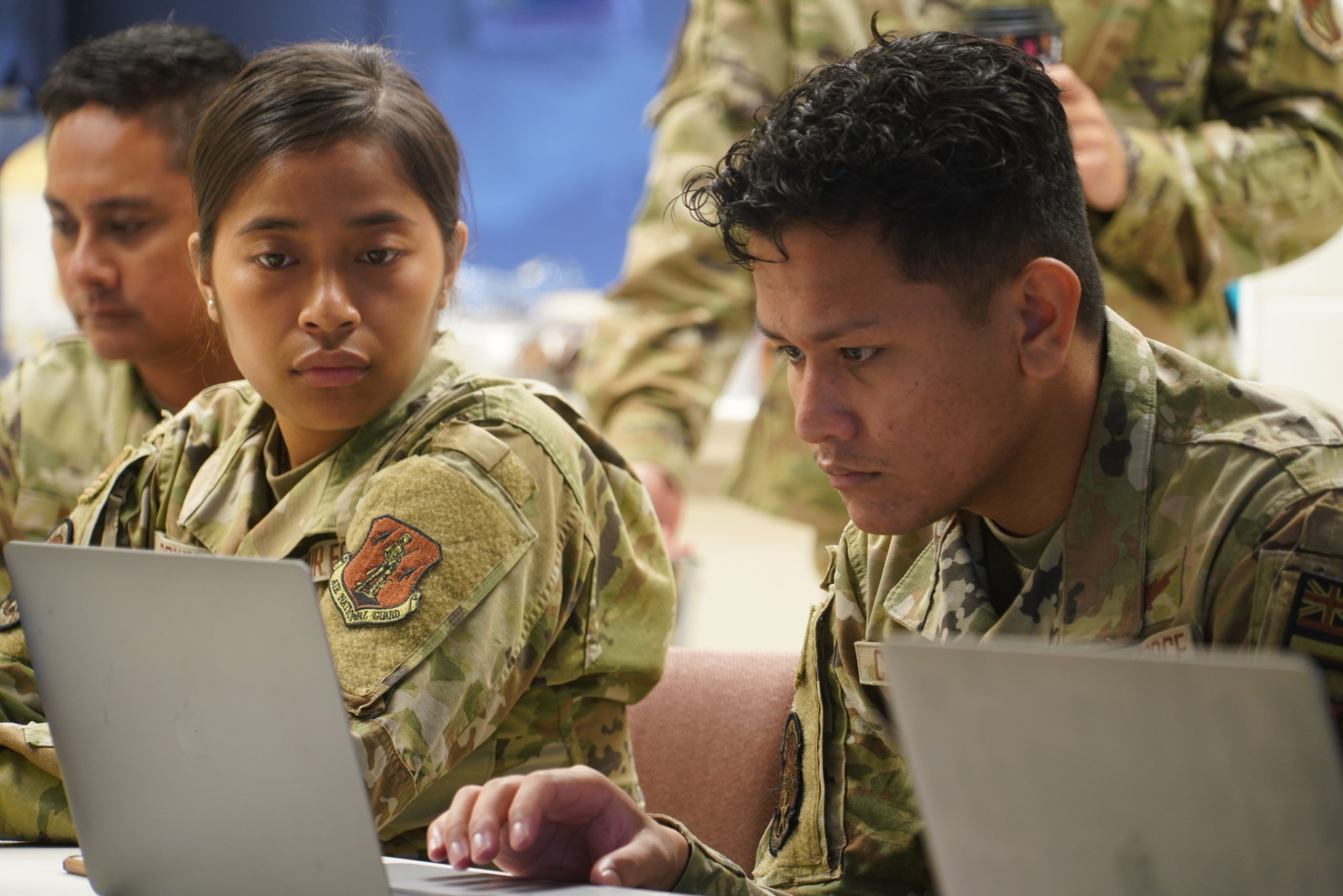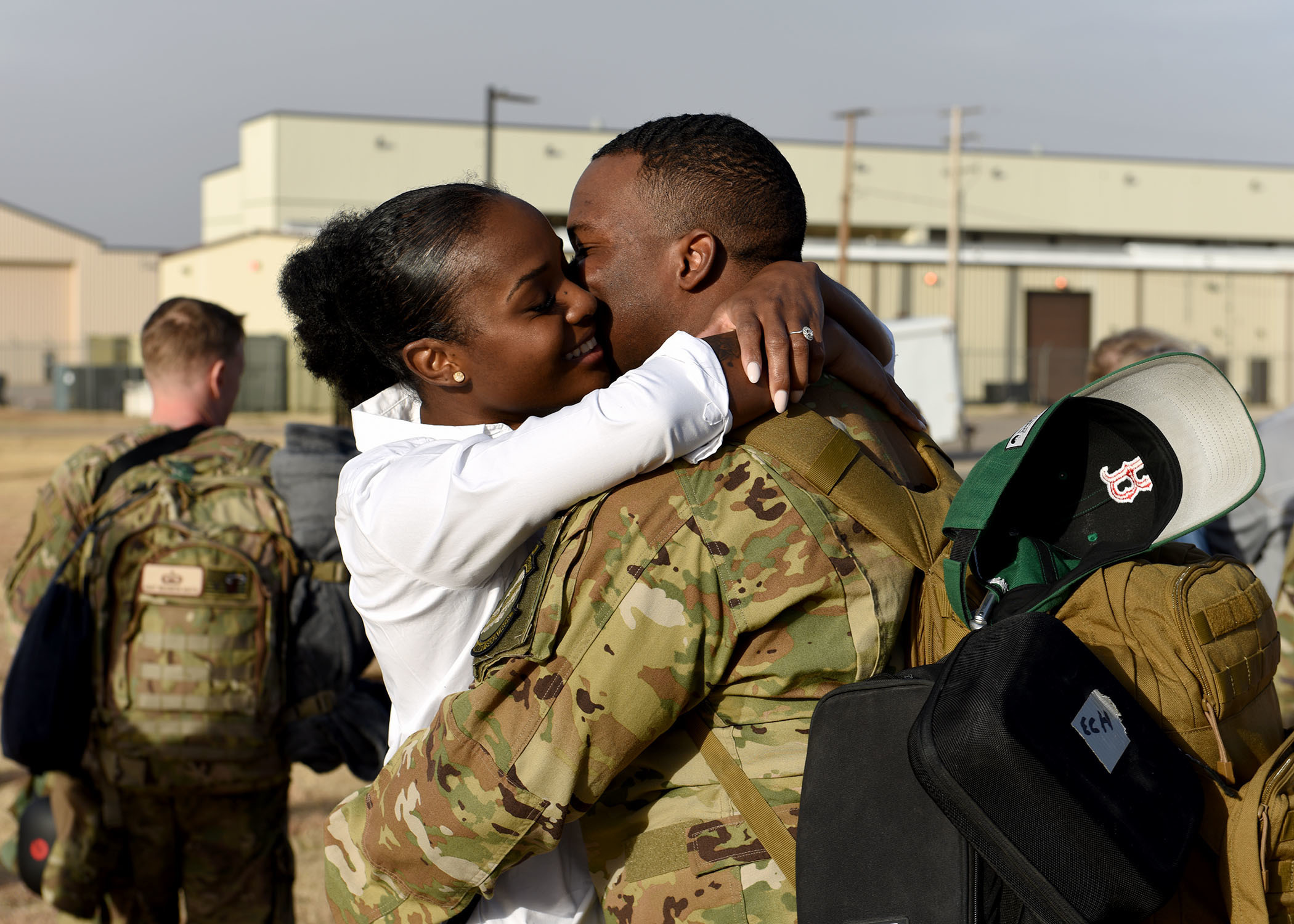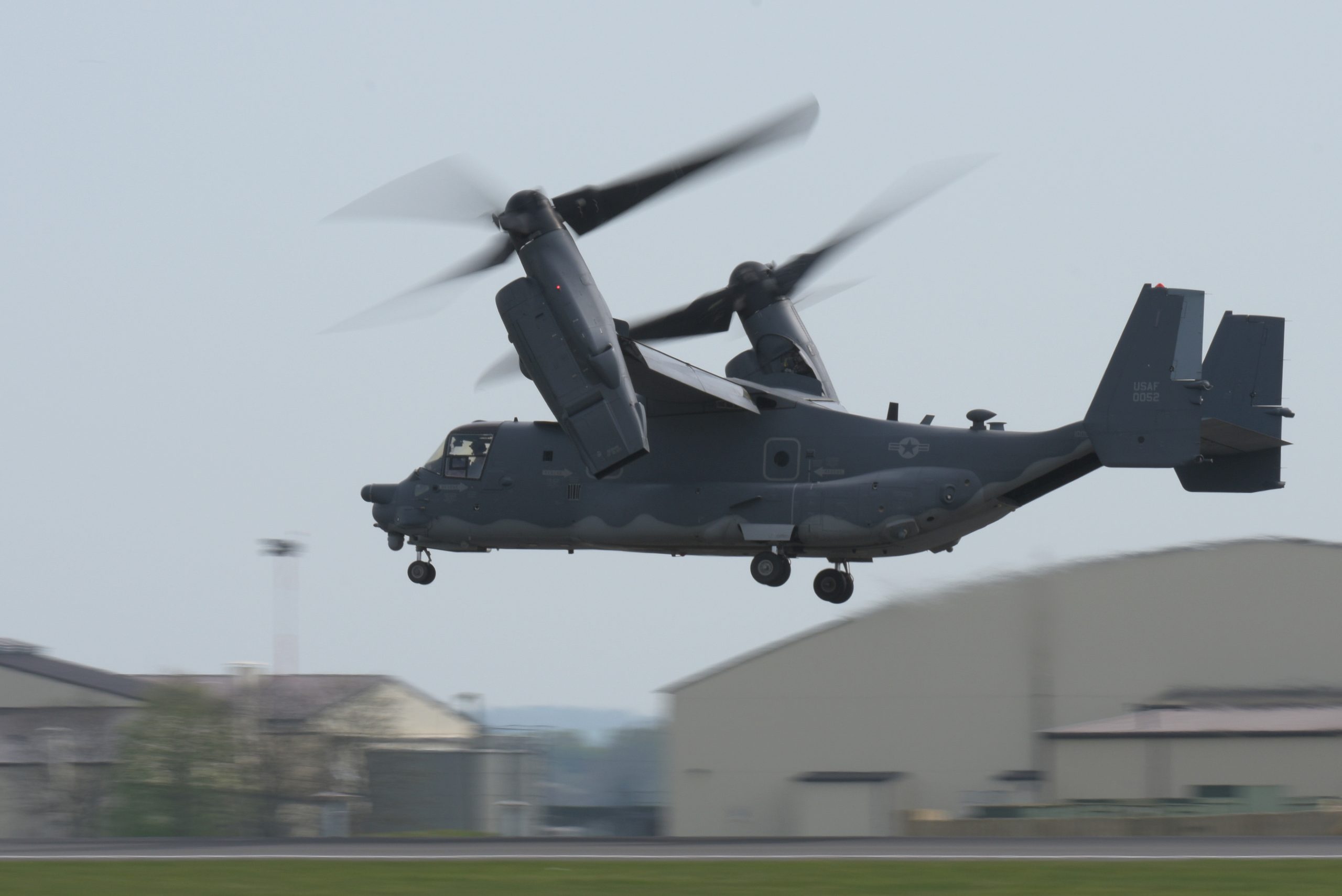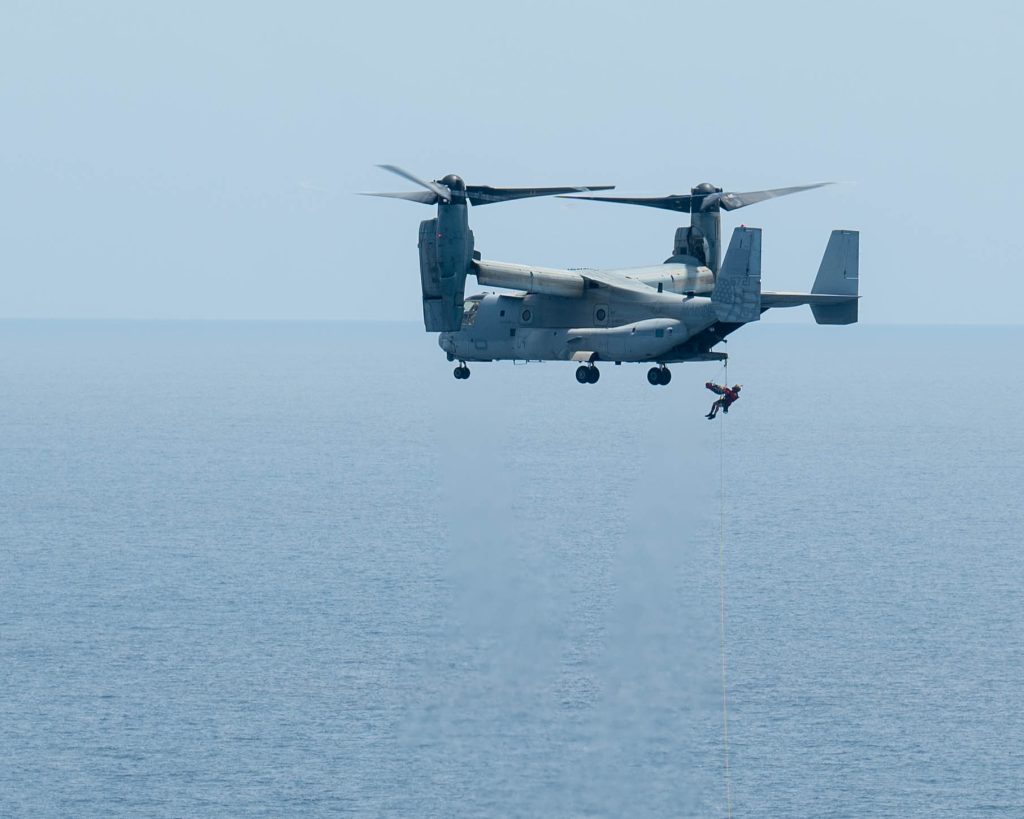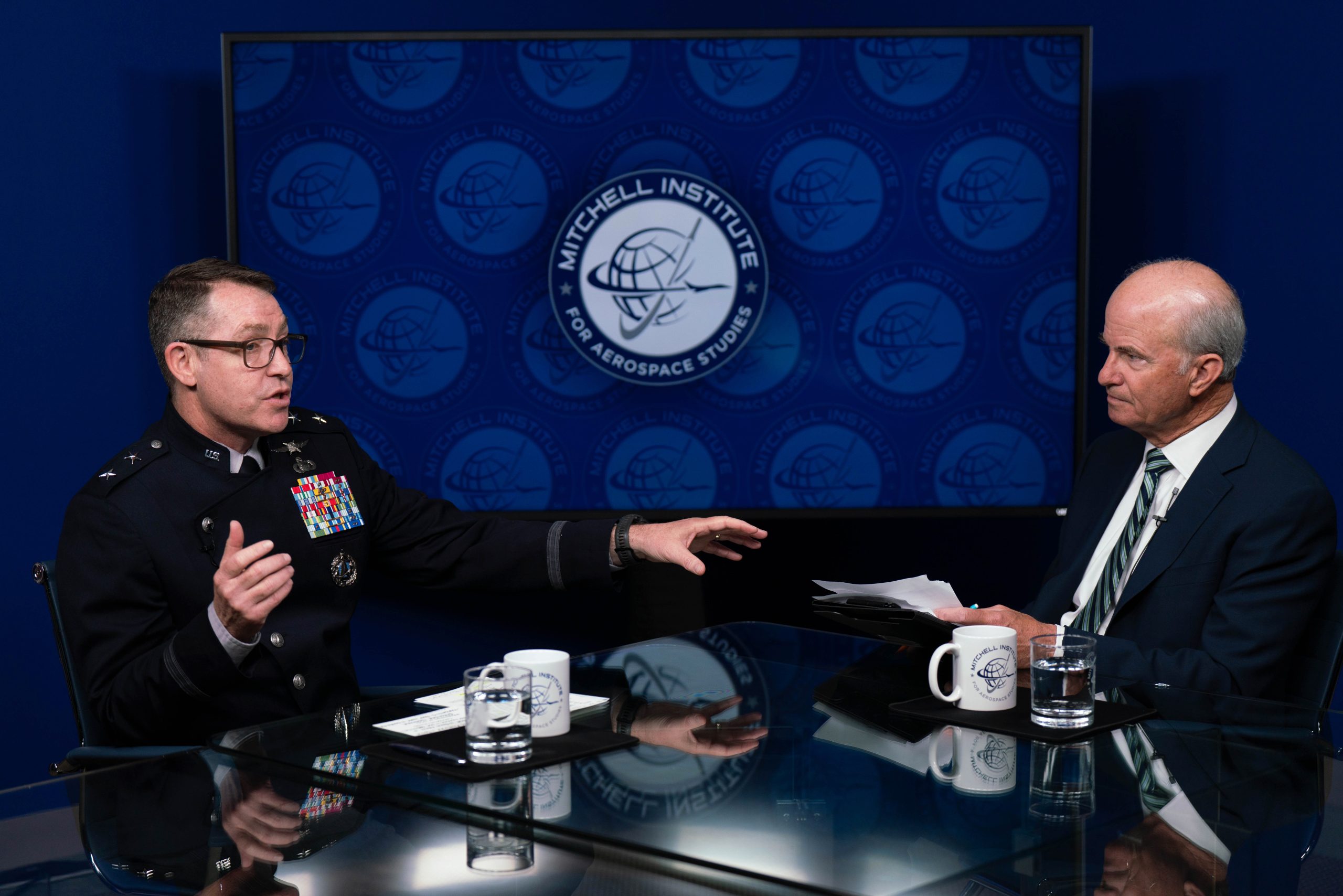Northrop Grumman received a $7 billion indefinite-delivery/indefinite quantity contract on May 3 to support the B-2 bomber fleet through 2029. While Air Force budget documents indicate no further procurement or research and development on the B-2 after that, the service was not immediately able to say if the B-2 will retire at that point or soon after.
Only $21,439 is being obligated for the contract right away, and those funds are fiscal 2023 R&D monies, the Pentagon said.
“This contract provides for B-2 enhancements, sustainment, logistics elements including sustaining engineering, software maintenance, and support equipment. Also included is programmed depot maintenance of the fleet and other interim contractor support,” the Pentagon said in the announcement. Work will be performed at Whiteman Air Force Base, Mo., Tinker Air Force Base, Okla., Wright-Patterson Air Force Base, Ohio; Edwards Air Force Base, Calif.; and Hill Air Force, Utah. The Air Force Life Cycle Management Center awarded the contract.
The Air Force is requesting $63.9 million for B-2 procurement in its fiscal 2025 budget, with a total of $207.2 million forecasted through 2029 and no more shown after that. The service is asking for $41.1 million in B-2 research and development in 2025 and just a couple thousand dollars every year after that.
Neither line item covers operations, and most of the potential $7 billion of work thus lies in maintenance, reliability and functional enhancements, and depot visits.
Air Force Global Strike Command has been ambiguous about when the B-1 and B-2 bombers will retire. A bomber roadmap obtained by Air & Space Forces Magazine in 2018 called for the fleet to move to just the B-52 and the new B-21 Raider around 2031-2033, but the Air Force has since described that plan as obsolete, and no successor roadmap has been publicly revealed. The Air Force flies just 20 B-2s, and they are its only penetrating fleet until the B-21 is available for duty.
The B-21 entered low-rate initial production in December, but the rate at which the bomber will enter the inventory has never been disclosed. William LaPlante, undersecretary of defense for acquisition and sustainment, said in February that the B-21 production rate was deliberately kept very low to protect the program from budget cutters.
Pentagon and industry officials, and the Department’s inventory planning documents, suggest that the B-21 may only be built at a rate of up to three per year during LRIP, and not more than 10 per year at peak. The first 21 aircraft will be delivered in five lots, but it’s not clear if lots equal years.
Air Force Secretary Frank Kendall has offered cautious optimism that the program is on track but routinely warns members of Congress in testimony that unforeseen problems and delays with the B-21 could develop, potentially necessitating an extension of the B-2’s planned service life. The Air Force has previously said the B-2 has the structural integrity to fly into the 2040s if necessary.
Assuming a production rate of four Raiders per year is achieved in the next couple of years, there could be enough B-21s delivered by 2029 to avoid any reduction in the Air Force’s bomber inventory if the B-2 is retired in that year. The first B-21 flew last fall; five more are in production, and of the first six, five will be dedicated to flight test activities. After initial flight testing is complete, the flight test articles—typically wired and rigged with specialized test apparatus—are to be converted to an operational configuration. The Air Force plans to buy “at least” 100 B-21s.
“I would be surprised if the B-2 [fleet] is retired in 2029,” said Mark Gunzinger, director of future concepts and capability assessments for the Mitchell Institute for Aerospace Studies. The Air Force needs “all the bomber tails it can get right now and for the foreseeable future,” given that the bomber fleet now numbers only 139 aircraft, he said.
Gunzinger did say, however, that it is possible some B-2s could be retired before the end of the decade if B-21s start to reach operational capability. The size of the fleet is “constrained by funding,” he noted, but replacing B-2s one-for-one “won’t fell the gap” between what analysis shows the Air Force needs and the number of bombers it actually fields. A fleet of 100 B-21s is “not optimum,” he said. Gunzinger has previously recommended 225 B-2s as a more appropriate fleet size, and that building them at a rate of 20 per year should be an Air Force budget priority.
Global Strike Command has said it needs to minimize the amount of time it fields four types of bombers at once—B-1s, B-2s, B-52s, and B-21s—because its long-range planning shows it won’t have enough maintenance manpower to support all four types indefinitely.
Asked to comment on the B-2 award, Northrop Grumman said it funds the Flexible Acquisition Sustainment Team (FAST) III contract, which “provides flexibility to accommodate the broad enterprise of activities associated with the B-2 program.”
These activities cover a huge range of activities, including everything from engineering to cybersecurity to logistics support.
Budget justification documents indicate the bulk of procurement and R&D dollars for the B-2 lie in maintaining and improving the aircraft’s low observable, or stealth systems, with improvements to reduce maintenance man hours and increase aircraft availability, as well as upgrades to communications, the aircraft’s engines and displays. Some of the funds will be used to resolve safety of flight and “vanishing vendor” issues.
The B-2’s Advanced Communications upgrades, “formerly known only as B-2 Advanced Comms Adaptable Communications Suite,” will keep the bomber “ready, effective, and survivable” by keeping up with “growing crypto mandates and mitigating end-of-life systems,” budget documents state.
The suite will also connect with joint all-domain command and control systems and provide secure communications within and outside of line-of-sight conditions, while improving the bomber’s satellite and ultra-high frequency systems.
